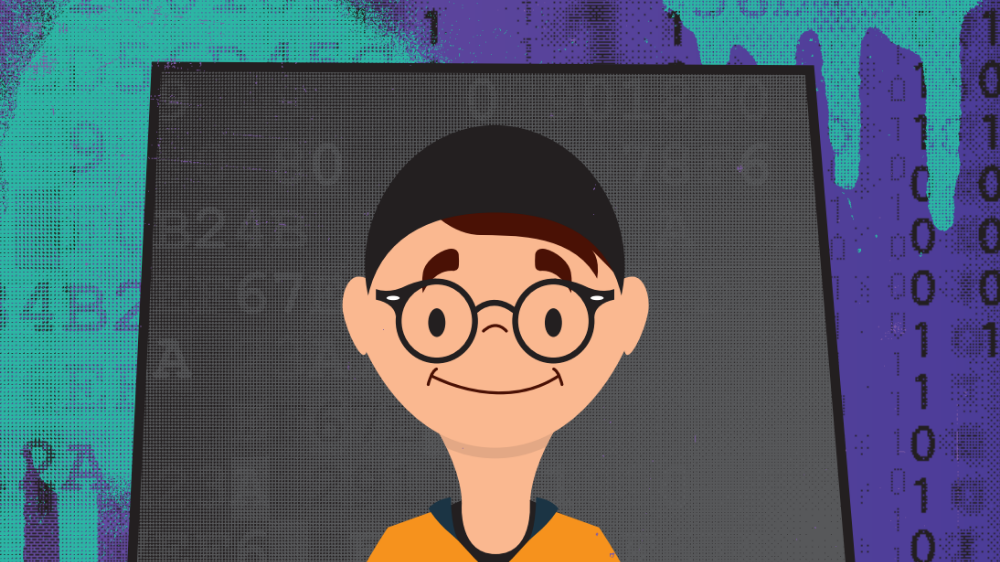What is cyberbullying
This story is designed for students without intellectual disability, and includes information to support students in defining what cyberbullying is, and evidence-based strategies for how to manage cyberbullying.
This story acknowledges and normalises common emotional reactions to cyberbullying. Practical responses to stop bullying from continuing are identified.
What is bullying?
Bullying has three key features. It involves a misuse of power in a relationship, is intentional, ongoing and repeated and involves behaviours that can cause harm.
Bullying can be physical, verbal, or social. Bullying can be easy to see (overt), or hidden (covert), such as spreading rumours about another person or excluding them.
Bullying can also happen online using technology such as the internet or mobile devices. This is known as online bullying or cyberbullying.
You can refer to Anti-Bullying for more support in the prevention, early intervention or response to bullying behaviours.

How to use this story
You can help students by reading through the story or providing the story to them. You could point out how the students’ experience is different and similar to that in the story and come up with other positive ways to respond. Teachers can discuss with students that bullying is a repeated behaviour that causes harm.
Considerations for teachers
Some students may need clear discussion that some behaviours are not considered bullying, but are also not tolerated and will be taken seriously (for example, threats of violence, or the release of private images or information about them). Giving clear and concrete examples of these behaviours, and how and when students should seek help, may be needed.
School Excellence Framework alignment
Wellbeing
Australian Professional Standards for Teachers alignment
Standard 1: Know students and how they learn
Audience
Secondary teachers, SLSOs
Purpose
Stories that incorporate a social narrative can be used to teach students routines and behaviours that are expected in specific settings and situations. This story has been designed to help students learn about common emotional reactions to cyberbullying and practical responses to stop it continuing.
Reviewed
November 2021. Share your feedback hereExternal link